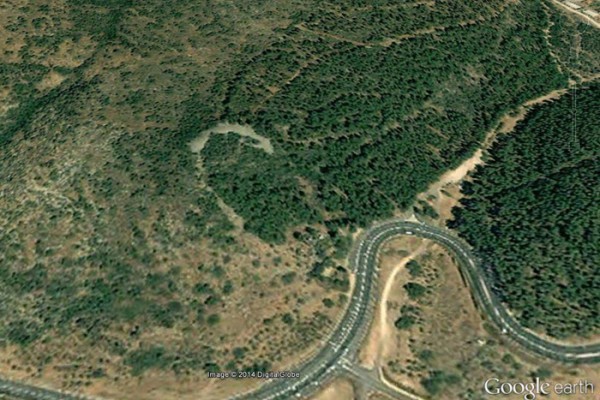Art World
Mysterious Ruins Identified as 5,000-Year-Old Moon Shrine


Christie Chu

A monument that predates the Old Testament has been identified near the northern Israeli city of Safed, eight miles from the Sea of Galilee, as an ancient shrine, reports the Times of Israel.
Pottery excavated at the site indicate the construction of the stone dates to between 3050 BCE and 2650 BCE, before Egypt’s pyramids. Coming in at 494,405 cubic feet in area and about nearly 500 feet long long—larger than an American football field—the newly classified structure is believed to have been designed to echo the moon’s shape. Ido Wachtel, the Hebrew University PhD candidate behind the discovery, found that the structure was a lunar monument rather than a type of semi-circular barricade that served as a city wall, as was formerly believed.
Further supporting his thesis, the monument is located 18 miles from Beit Yerah, an ancient pre-Talmudic village whose name translates to “House of Moon.” The town was also known to have a commercial trading relationship with the ancient Egyptians and is calculated (by the era’s traveling standards) to be a one day journey from the monument.
Other crescent-shaped structures have been found in the area adjacent to the Sea of Galilee. One of them, Rujum el-Hiri, is located east of the Sea in the Golan Heights. And another, first discovered in 2003, was found underneath the Sea and is larger than England’s legendary and mysterious Stonehenge (see “More Astonishing Stonehenge Revelations Emerge“).